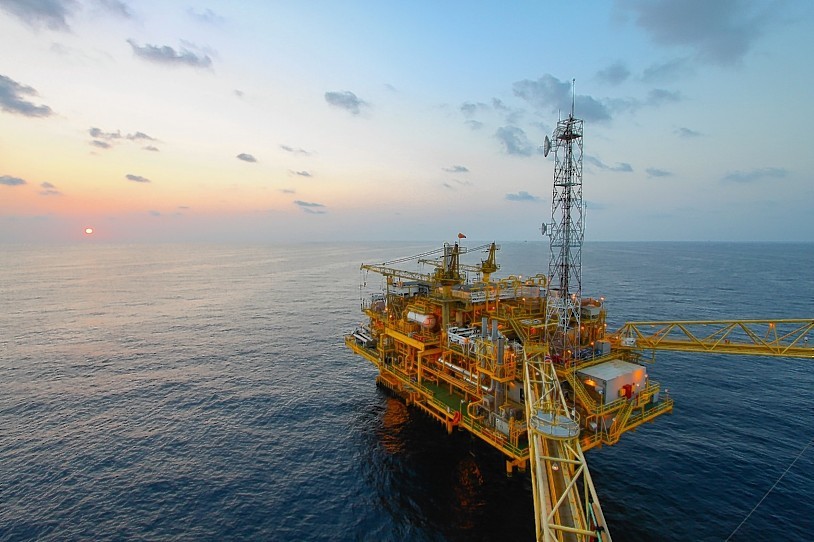
The oil and gas supply chain is likely to have to keep a lid on its rates for another couple of years as the market remains “brutally competitive”, an analyst has said.
Malcolm Forbes-Cable, of energy consultancy Wood Mackenzie (Woodmac), said the current reality for many service firms was one of low volumes and cut-throat pricing.
He also said the rout was predictable due to the lack of projects in the pipeline.
But Mr Forbes-Cable, vice president, upstream consulting and supply chain lead at Woodmac, said the stage was being set for a recovery in a number of segments, including 3D seismic and harsh environment rigs.
Furthermore, he observed that the boundary line between suppliers and operators was becoming blurred, as large service companies look to take equity in fields.
The 3D seismic vessel market was ravaged by the downturn. Before the crude price collapse, there were more than 80 active ships, but that fell to around 29 last year.
Mr Forbes-Cable said the seismic market was a useful, if slightly exaggerated, case study for the wider supply chain.
He said: “We’ve seen a massive reduction in 3D seismic vessels. It has been really brutal.
“The seismic market has always been the most extreme in its reaction to the gyrations of oil prices because what happens when price crashes is people stop exploring.
“This time, with it being an extended downturn, all of the seismic companies have refinanced in some shape or form so they could survive.
“The recovery won’t happen straight away, but we’re seeing positive signs and I think expectations for the next 12-18 months are for things to pick up.
“That gives them a chance to push up rates, which is what they need.”
The fleet is fully contracted in the Northern Hemisphere this summer, which will give seismic players a shot in the arm.
And as demand picks up they will be able to lift rates. Some laid-up vessels will need a lot of investment to be able to return to service, a hurdle which can only be cleared by charging more.
In the harsh environment rig market, meanwhile, day rates have climbed by 40-50% from 2017 lows.
However, in other parts of the supply chain, the prospect of a rates hike is not as strong.
Mr Forbes-Cable said: “Until the market gets a shake out and comes more into balance it’s hard to see how anyone can push up prices too much.
“It’s brutally competitive out there. Just to keep cash flow coming is so tough. Maybe it will happen in a couple of years.
“Tier two and three players with a regional focus have got a tough time. If a company has got a diversified portfolio in places like the US and Middle East, then they can play on that, but if they are just in the North Sea then it is tough.”
For those with a keen eye, the hardship that would befall the supply chain was predictable.
Mr Forbes-Cable said: “I recently looked at a forecast for North Sea activity we produced before the oil price collapse in 2014. The forecast showed a rapid decline in spending.
“I remember after that a lot of contractors said, ‘What are they on? We’ve never been so busy and we can’t hire enough people’.
“But it was very clear the projects were not there to sustain activity.
“The oil price collapse played a big part in lowering activity but the fact is the projects just were not there.”
Mr Forbes-Cable is also watching with keen interest the blurring of lines between suppliers and producers.
He said lean times in the mid-1980s lead to the break-up of the integrated model among operators, and gave rise to the service sector.
Now, bigger supply chain companies, such as Schlumberger, are looking for equity.
Petrofac, for example, has a 20% stake in Ithaca Energy’s Stella and Harrier fields in the UK North Sea.
Mr Forbes-Cable said: “To me, it’s a function of operators not giving the supply chain the projects it needs to keep going
“Service companies are saying, ‘we will have to create our own projects’. It’s a manifestation of the horrid time suppliers have had.”
